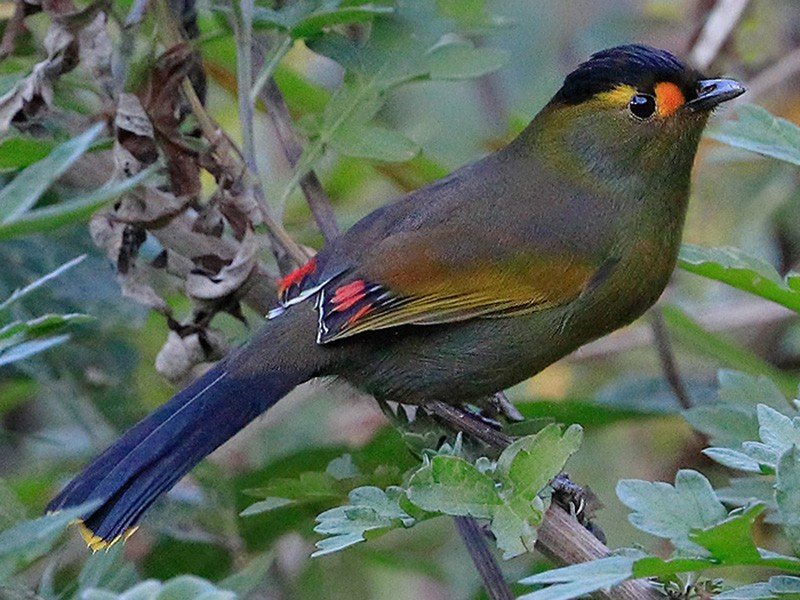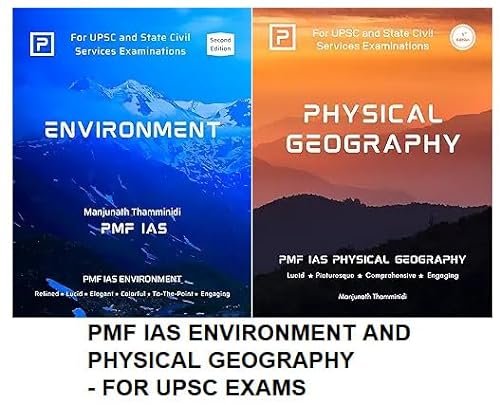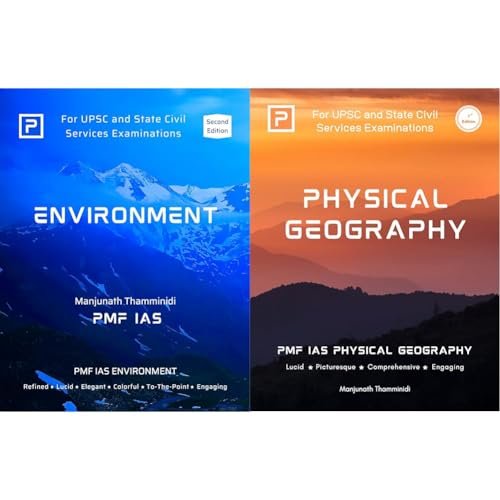
Bugun Community Reserve
Subscribers of "Current Affairs" course can Download Daily Current Affairs in PDF/DOC
Subscribe to Never Miss an Important Update! Assured Discounts on New Products!
Must Join PMF IAS Telegram Channel & PMF IAS History Telegram Channel
- Context (TP I AT): Arunachal Pradesh, at the Republic Day parade, showcased its Singchung Bugun Village Community Reserve (SBVCR).
- Singchung Bugun Village Community Reserve is a 17-square-kilometre biodiversity hotspot, around 40 km from the famous Eaglenest Wildlife Sanctuary.
- The reserve was created in 2017 to protect biodiversity in the region.
- It is home to many rare and endangered species, such as the Bugun Liocichla (Liocichla bug forum) and the red panda (Ailurus fulgens), as well as various flora and fauna.
Bugun Liocichla (Liocichla bugunorum)

- It was one of the first bird species to be discovered in India since the country’s independence in 1947, and it lives only on the Buguns’ community lands.
- It was first spotted in 1995 in Arunachal Pradesh.
- However, the bird was first described in 2006 after being discovered in Eaglenest Wildlife Sanctuary by an astrophysicist, Ramana Athreya.
- It is a songbird which is named after the Buguns community.
- It is a critically endangered species, with only 14 to 20 individuals believed to exist in the world.
- It is bigger than a sparrow but smaller than a pigeon.
- A five-day Bugun Liocichla Utsav was organised in 2021 at Eaglenest Wildlife Sanctuary in AP.
Bugun Tribe
- The Buguns are an indigenous community with a population of about 2,000 people, spread across 12 villages that are dotted outside the forests of Eaglenest Wildlife Sanctuary.
- The Buguns (formerly Khowa) are one of the earliest recognised schedule tribes of India.
- Majority of them inhabit the Singchung Sub-Division of West Kameng District of Arunachal Pradesh.
- They are primarily the inhabitants of Tenga Valley, and some also dwell in the subtropical forests near Bhalukpong in the Himalayan foothills of the West Kameng district.
- It is one of India’s smallest tribal communities.
- They speak Kho-Bwa language, which is derived from the words ‘Kho’ meaning fire and ‘Bwa’ for water, hence the name Khowa.
- The chieftain makes decisions on behalf of the community and decides the functioning of the society and the use of the forest resources.
- Buguns are generally endogamous as they marry within their community. Buguns live in several exogamous clans.
- The Buguns practice shifting agriculture (jhum), which is the traditional cultivation practice of most tribes in the region.
- Like most other Himalayan tribes of Arunachal, the Buguns also originally believed in animistic beliefs and nature worship; they were initially believers of the indigenous Donyi-Polo religion until they were exposed to the Tibetan faith.
- Buguns were later on exposed to Gelugpa Buddhism (A Tibetan Faith).
- Diying Kho is the main festival of the Buguns. The Buguns also celebrate the Buddhist festivals in the same Tibetan tradition.
Community Reserves
- Conservation reserves & community reserves in India are terms denoting protected areas of India.
- These typically act as buffer zones, connectors, and migration corridors between established national parks, wildlife sanctuaries, and reserved and protected forests in India.
- Such areas are designated as conservation reserves if they are uninhabited and completely owned by the GOI but used for subsistence by communities.
- Such areas are designated as community reserves if part of the land is privately owned.
- A community reserve is usually formed by the local village council and the forest department signing a memorandum of understanding (MoU).
- After a forest has been made into a community reserve, people cannot hunt there, nor can they use it for agricultural practices, leave alone jhum.
- There were hardly any community reserves in the country before 2006. Only Karnataka, Kerala and Punjab had community reserves in 2007.
- These protected are were introduced in the Wildlife (Protection) Amendment Act of 2002.
- The provisions of the WLPA apply to an area once it has been declared a community reserve.
Eaglenest Wildlife Sanctuary (ENWS)
- ENWS is a protected area in the Himalayan foothills of West Kameng District, Arunachal Pradesh.
- It conjoins Sessa Orchid Sanctuary to the northeast and Pakhui Tiger Reserve across the Kameng River to the east.
- ENWS acquired its name from the Indian army regiment named “Eagle”, which was stationed there years ago.
- ENWS’s prime draw is that it is considered among the top birding destinations in the world.
- BirdLife International has designated Eaglenest and Sessa sanctuaries as an Important Bird Area (IBA), recognising their significance for avian conservation.
- The sanctuary plays a crucial role in protecting the habitat and migration routes of Asian elephants, especially as they move to higher altitudes in the summer.
- Organizations like the Critical Ecosystem Partnership Fund (CEPF) are actively involved in conservation initiatives.
BirdLife International
Important Bird Area
Critical Ecosystem Partnership Fund (CEPF)
|








![PMF IAS Environment for UPSC 2022-23 [paperback] PMF IAS [Nov 30, 2021]…](https://pmfias.b-cdn.net/wp-content/uploads/2024/04/pmfiasenvironmentforupsc2022-23paperbackpmfiasnov302021.jpg)











